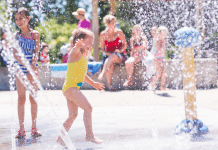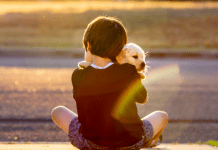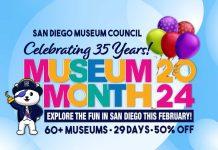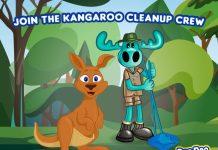What bubbles, pops, fizzes, and is messy? Explore the chemical reaction between baking soda and vinegar with these five entertaining and educational science experiments!
We love exploring and getting messy with science! Lately, we have been experimenting with baking soda and white vinegar. Sodium bicarbonate (baking soda) and acetic acid (white vinegar) reactions are a simple and fun way to introduce chemistry.
When I recall the acid-base reaction projects of my childhood, I am taken back to the classic clay volcano. Because of those fond experiences, I have developed a love for science explorations I hope to pass on.
Volcano
Don’t throw that old playdough away just yet! Cut out the bottom of a disposable cup, turn it upside down and use it as the volcano base. Roll out the play-dough and form it around the cup. The trick is to use large pieces of play-dough. Next, fill the volcano 1/4 to 1/2 full with baking soda and add a few drops of food coloring. Lastly, pour vinegar into your volcano until the fizzing stops.
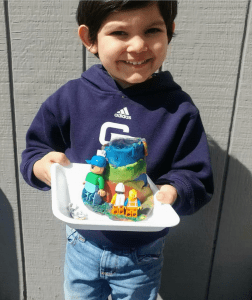
Frozen Moon Rocks
Pour 1/2 box of baking soda, a few drops of food coloring, and glitter into a bowl. Add 1/4 cup of water to the baking soda mix. Mold the mixture into small moon balls (if the mixture is too wet, add more baking soda.) Place the moon balls on a lined cookie sheet and freeze for at least 30 minutes. We decided to freeze our moon rocks overnight and share them with a friend the next day. Freezing extends the reaction and play, make sure to have plenty of vinegar on hand!
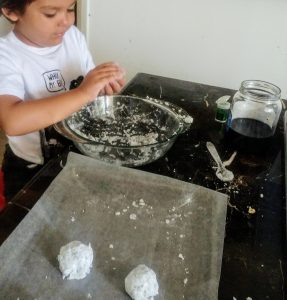
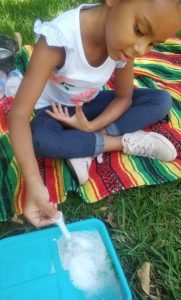
Baking Soda Bomb
Baking Soda Bombs are a great way to observe the chemical reaction between baking soda and vinegar. Pour a 1/2 cup of vinegar into a plastic bag and partly seal the bag. Next, place a tablespoon of baking soda in the center of a tissue. Wrap the tissue around the baking soda to create a packet. Here comes the tricky part. Drop the baking soda packet into the bag, squeeze out as much air as possible and quickly seal the bag. Gently shake the mixture and place it on the ground. Watch the plastic bag fill with bubbles and make a pop!
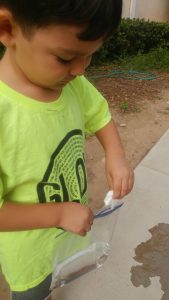
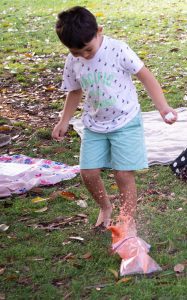
Bottle Rocket
Flip an empty water bottle upside down and tape three large popsicle sticks around the bottle. Each stick should be about two inches apart. As a result, it will create a stand for the bottle rocket, when it is placed on the ground. Fill the bottle ½ full with vinegar. Place 1 tablespoon of baking soda in the middle of the tissue, add a couple of drops of food coloring and fold it closed. The next part needs to be done quickly. Drop the baking soda packet into the bottle rocket, place the cap on the bottle rocket. Shake it gently and quickly place it on the ground. The pressure from the carbon dioxide gas will pop the bottle cap off, propelling the rocket into the air.
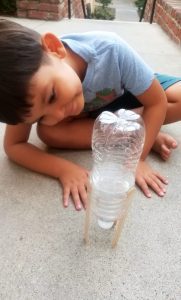
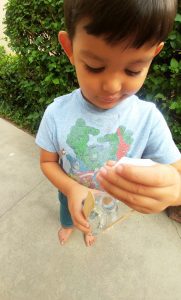
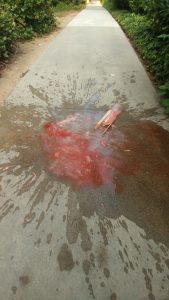
Inflatable Balloon Experiment
Bump up your science game by moving on from the demonstration stage to experimentation. For this activity, you will need three empty water bottles, three balloons, and three different liquids (vinegar, water, and lemon juice.) Fill one bottle ½ full of vinegar, the second bottle ½ full of water, and the third bottle ½ full of slightly diluted lemon juice. Fill each balloon ¼ to ⅓ full of baking soda and attach each filled balloon to a bottle. When you are ready, hold the balloon straight up so the baking soda falls into the bottle. Talk about what you observe, how each reaction varies, and chart the results. This also a fun way to get in extra writing practice.
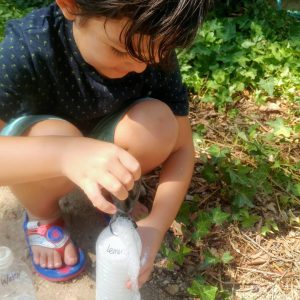
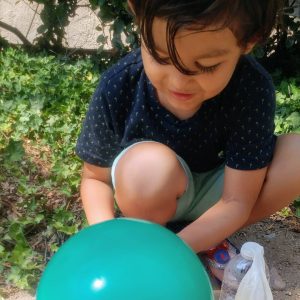
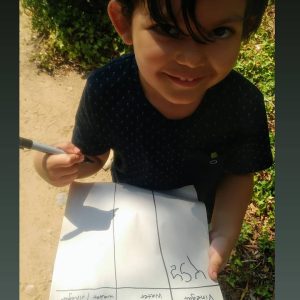
Follow us on Instagram (@mom.life_with.u) for more activity inspiration. And don’t forget to let us know which baking soda exploration is your favorite.




